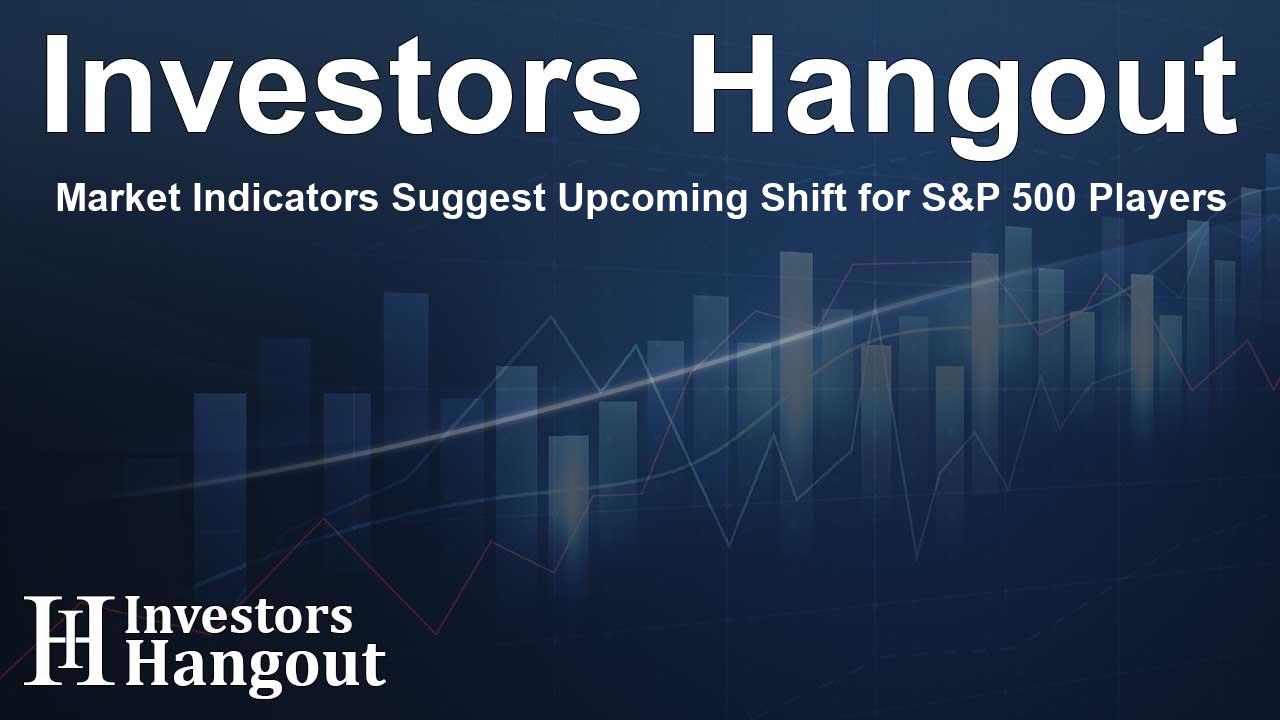Market Indicators Suggest Upcoming Shift for S&P 500 Players

Understanding Current Market Conditions and Volatility
The S&P 500 is experiencing notable movements, recently moving higher, yet it finds itself in a curious position. The 10-day realized volatility has surged to 5.4%, following a brief dip to 4.5%, while the 1-month implied correlation index has fallen below 11. These indicators suggest a potential market top, a phenomenon observed historically.
There have been indications over the past several weeks that as earnings reports arise, a shift in patterns occurs, typically resulting in increased volatility and altering correlations. While it may seem different this year, past trends make it challenging to ignore.
Additionally, the SKEW index has escalated to approximately 160. An elevated SKEW often indicates growing market uncertainty, posing implications for investors looking for stability.
I recognize I have repeatedly addressed this significant theme impacting market dynamics since mid-June, but the ongoing conditions warrant attention.
Meanwhile, it appears that the Treasury General Account may have reached its lowest point and will likely begin to increase. This situation is drawing considerable focus, especially concerning how it might affect overall market liquidity when this starts. Unlike last year, the reverse repo facility is expected to have a limited impact, which means that reserves held at the Fed may decline. Monitoring SOFR will provide insights into this developing scenario.
Analyzing Japanese Bond Market Trends
Recent trade agreements with Japan elicited mixed responses, compounded by disappointing election outcomes. This combination has contributed to a significant rise in Japanese bond yields, reinforcing previous discussions about the risks associated with increasing rates in the region.
The 10-year Japanese Government Bond (JGB) recently reached a pivotal level, testing the crucial 1.59% mark. A breakout beyond this threshold could result in substantially higher rates. Weekly trends indicate a possible rebound toward 1.9%, a level that hasn’t been observed since mid-2008.
This scenario alters dynamics not just in Japan, but also impacts other global markets. Should the spread between the U.S. 10-year Treasury and JGB narrow below 2.8%, there is a potential for a decline into the 2.5% range. Such changes would likely challenge the current strength of the USD/JPY, which may struggle to maintain the 140 level amid shifting conditions.
Implications for Investors and Market Participants
As these trends unfold, investors must remain vigilant. Understanding the indicators pointing toward market tops and shifts in bond yields in Japan provides crucial insights into potentially turbulent waters ahead.
Given the high levels of volatility and changing correlations, strategic planning is essential. Investors should consider diversifying their portfolios and staying informed about upcoming earnings reports, as they could instigate significant market reactions.
Potential Market Outcomes and Considerations
While the market appears poised for a potential top, historical trends suggest a cautionary approach could be beneficial. The combination of rising volatility, low correlations, and fluctuating bond yields highlights the importance of being adaptable in the current landscape.
As the situation evolves, stakeholders must focus on real-time data and insights, anticipating how these factors might shape market conditions in the near future.
Frequently Asked Questions
What is the current status of the S&P 500?
The S&P 500 has shown recent upward movement while indicating signs of volatility that suggest it may be nearing a market top.
What does rising volatility indicate for investors?
Rising volatility typically signals uncertainty, suggesting that investors may need to prepare for potential market shifts and changes.
How do bond yields in Japan affect global markets?
Japanese bond yields can influence overall market liquidity and global interest rate dynamics, impacting investors worldwide.
Why is the SKEW index important?
The SKEW index measures market sentiment regarding tail risk, with elevated levels indicating increased concerns among investors.
How should investors react to current market conditions?
It's advisable for investors to diversify their portfolios and stay informed on upcoming market changes, particularly during earnings seasons.
About The Author
Contact Dominic Sanders privately here. Or send an email with ATTN: Dominic Sanders as the subject to contact@investorshangout.com.
About Investors Hangout
Investors Hangout is a leading online stock forum for financial discussion and learning, offering a wide range of free tools and resources. It draws in traders of all levels, who exchange market knowledge, investigate trading tactics, and keep an eye on industry developments in real time. Featuring financial articles, stock message boards, quotes, charts, company profiles, and live news updates. Through cooperative learning and a wealth of informational resources, it helps users from novices creating their first portfolios to experts honing their techniques. Join Investors Hangout today: https://investorshangout.com/
The content of this article is based on factual, publicly available information and does not represent legal, financial, or investment advice. Investors Hangout does not offer financial advice, and the author is not a licensed financial advisor. Consult a qualified advisor before making any financial or investment decisions based on this article. This article should not be considered advice to purchase, sell, or hold any securities or other investments. If any of the material provided here is inaccurate, please contact us for corrections.
